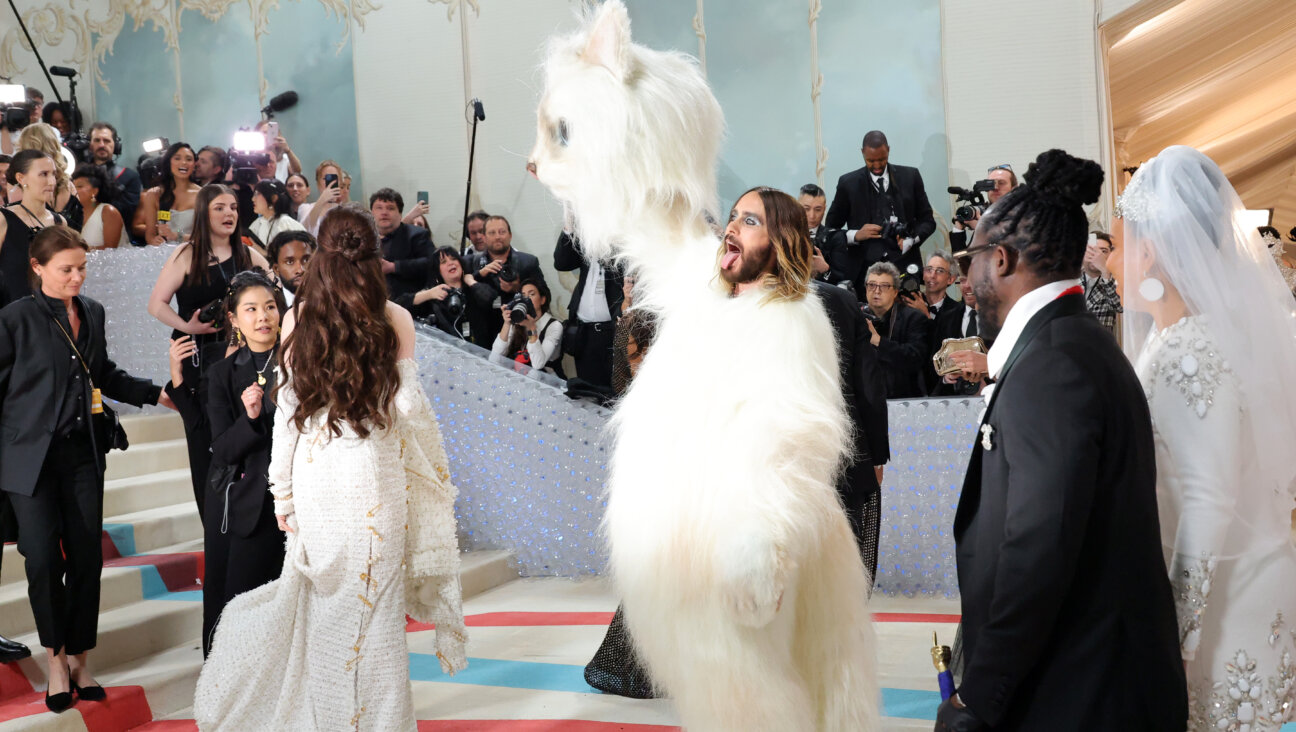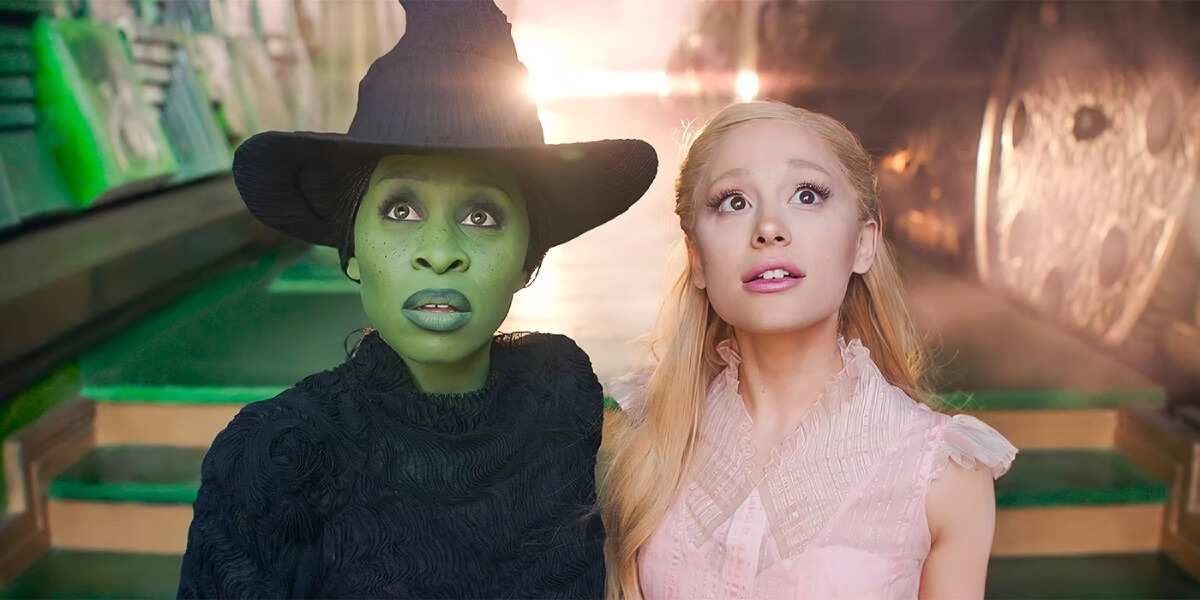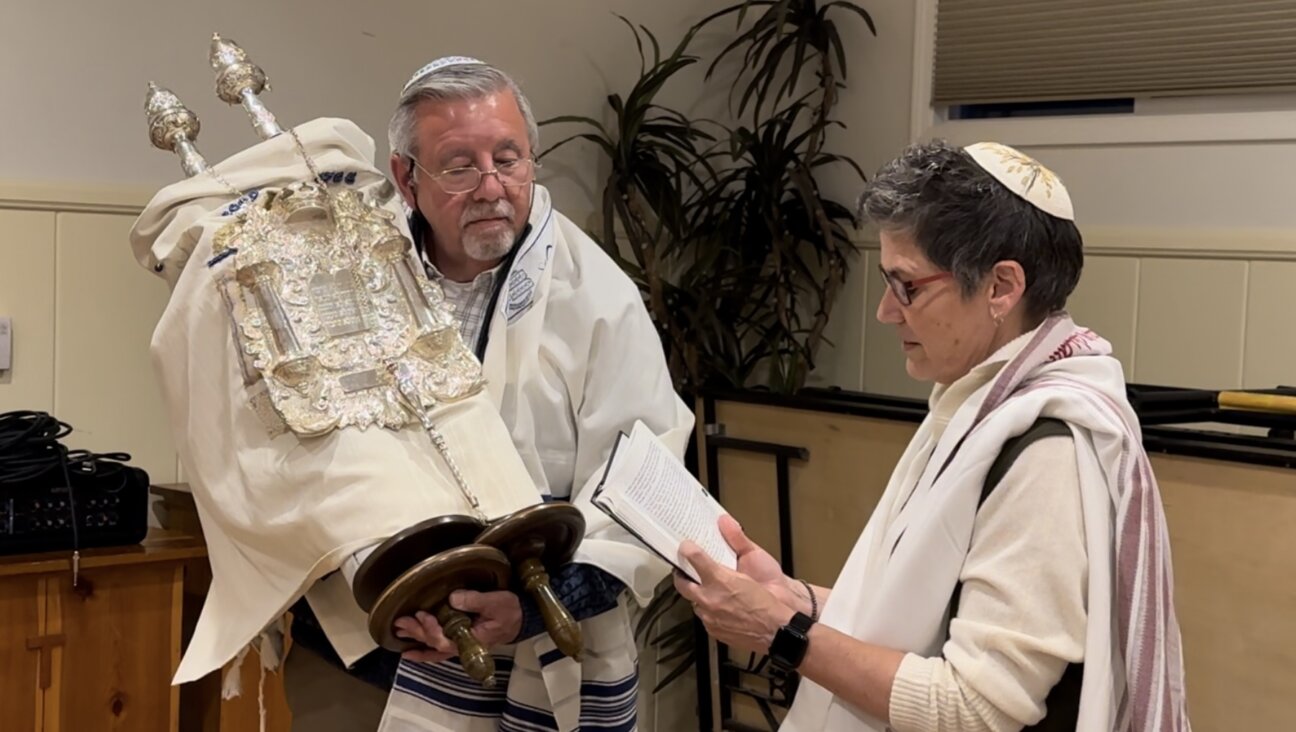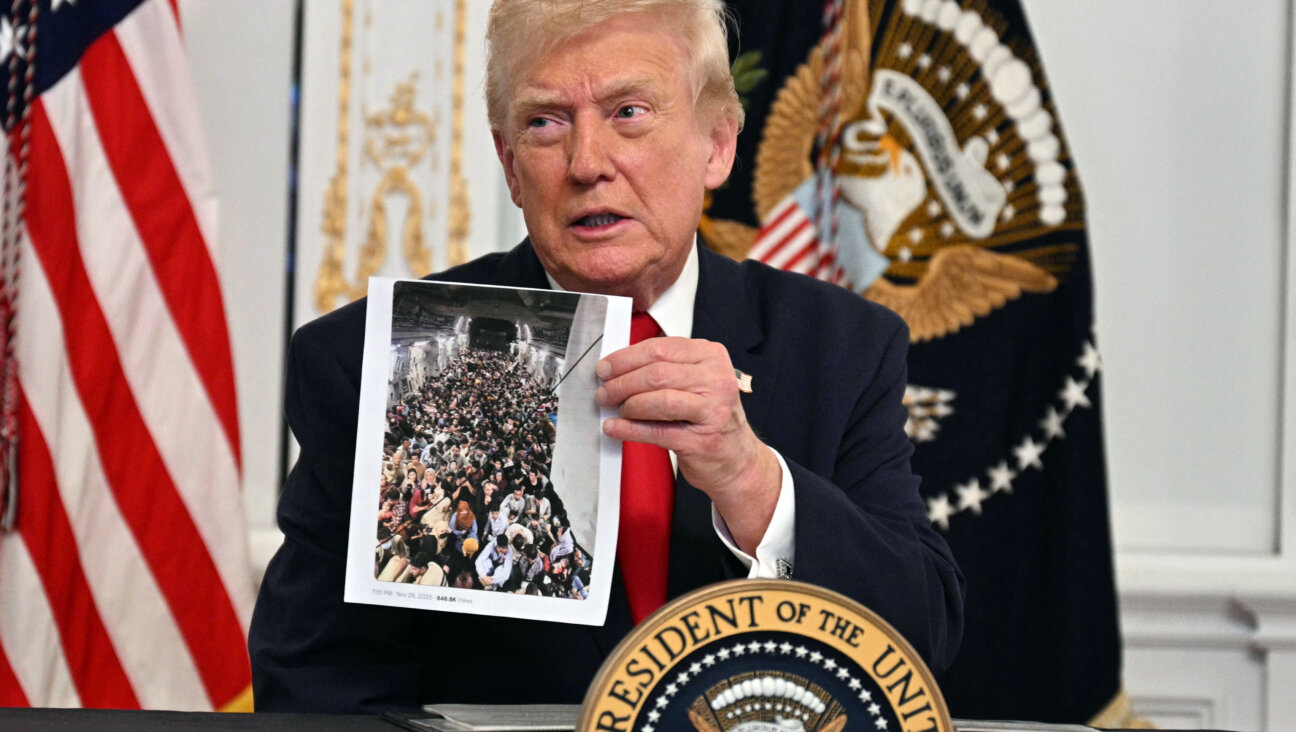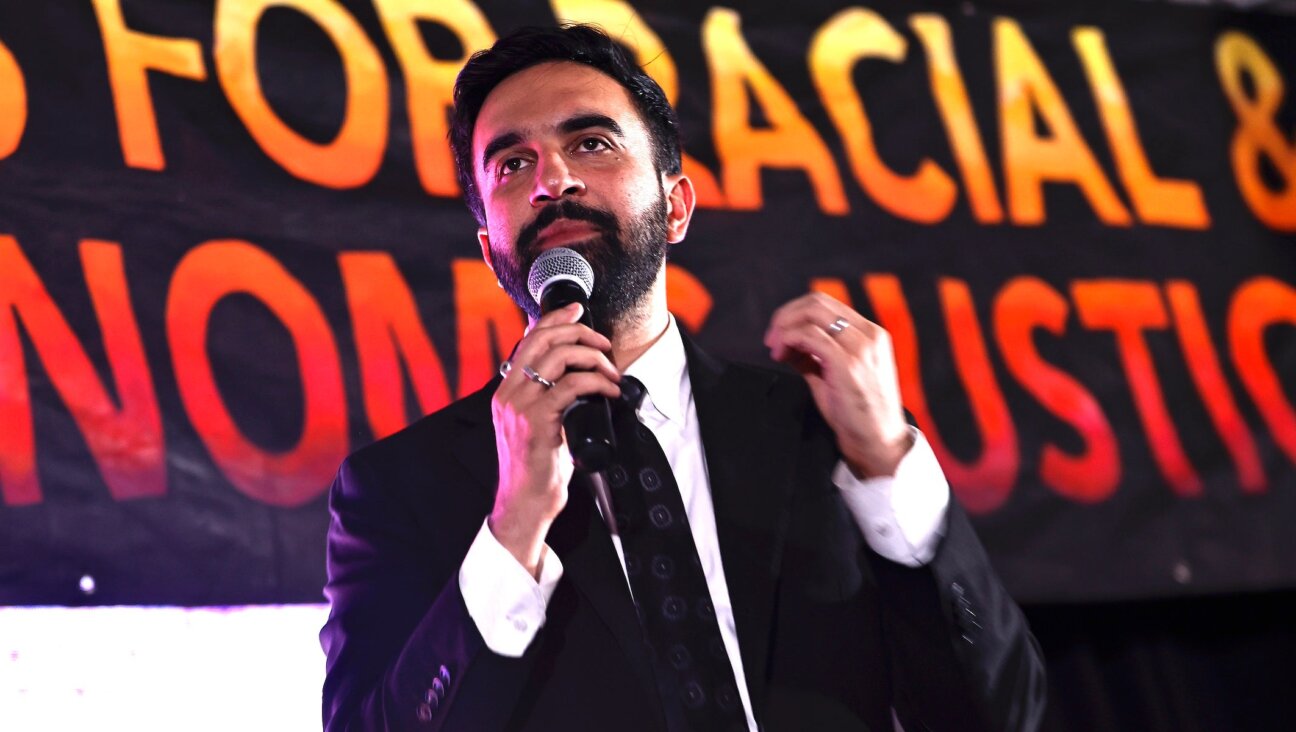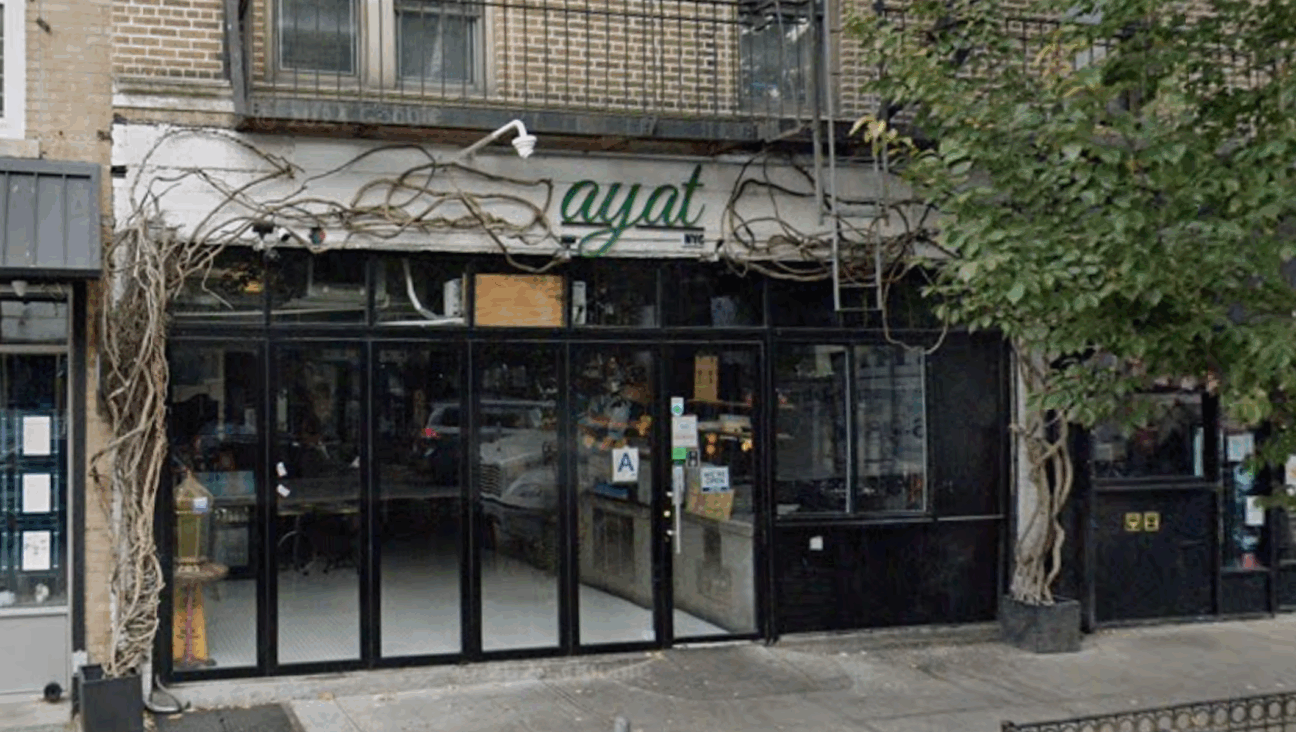Magic as a Jewish Family Business
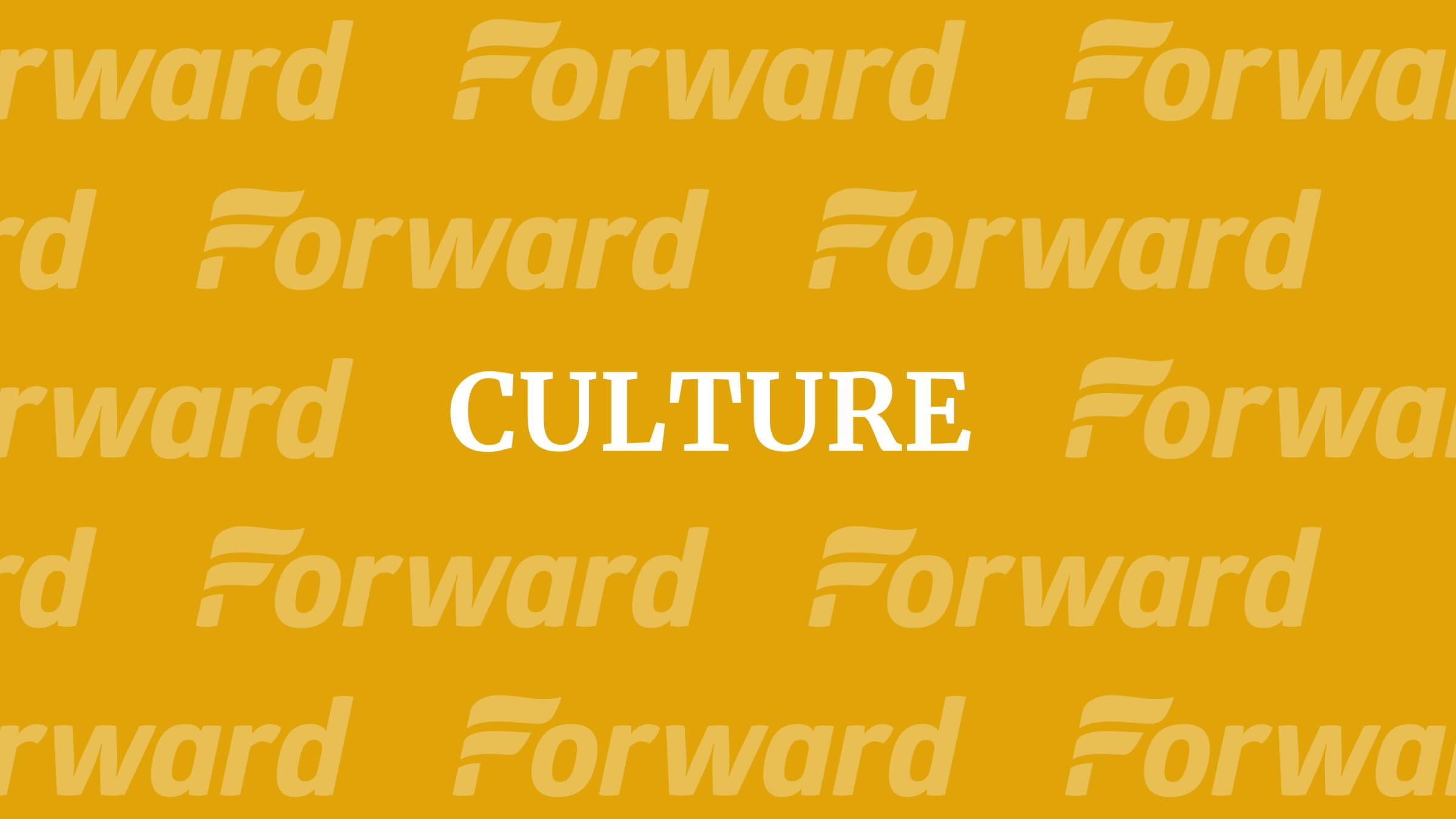
Graphic by Angelie Zaslavsky
Perhaps it’s time to stop being surprised by the disproportionate number of successful Jews in any random profession. That’s one of the lessons to take from “Masters of Illusion: Jewish Magicians of the Golden Age,” an entertaining exhibit at the Skirball Cultural Center in Los Angeles on view until September 4.
The exhibit runs concurrently with the Skirball Center’s showing of “Houdini: Art and Magic,” which was at The Jewish Museum in New York earlier this year. “Masters of Illusion” is intended as a complement to “Houdini,” a way of providing some context to the career of the most famous magician ever, Jewish or otherwise.
“The Golden Age” of the title refers to the time between 1875, when magic as live performance bloomed in America and Europe, and the advent of television in 1948. But the exhibit actually begins earlier, with the inclusion of an edition of Reginald Scot’s “The Discoverie of Witchcraft,” first published in the 16th century. Scot’s book argued that his witch-hunting contemporaries were mistaking prestidigitation for witchcraft. To that end, he wrote about a number of tricks that magicians use to this day.
The most fascinating pre-Golden Age artifacts are the automata, made in the mid-19th century by Jean Eugène Robert-Houdin. His machines are marvelous creations: “Antonio Diavalo,” an eerily lifelike trapeze artist, and “The Orange Tree,” which blooms to reveal two fluttering butterflies raising the corners of an audience member’s handkerchief. (If Robert-Houdin’s name rings a bell, it’s because it was adopted, with a slight modification, by an ambitious young performer named Ehrich Weiss.)
But most of the exhibit is devoted to a collection of well-preserved posters, playbills, broadsides, costumes and stage props from the Golden Age of Magic. The objects show how magic was a huge part of the entertainment culture of the time and how Jews were an integral part of magic.
They also show how for many of the more famous Jewish performers, magic was a family business. The Herrmanns were the leading magicians in Europe and America in the second half of the 19th century. Six generations of Bambergs conjured in Europe and the United States.
With their trademark handlebar mustaches and imperial beards, the Herrmanns created the iconic image of the Mephistophelean magician; the Bambergs cultivated a Chinese shtick.
“Masters of Illusion” also shows that magic is a serious business. The exhibition includes letters between Horace Goldin (né Hyman Goldstein) and his former friend, Charles Carter, aka “Carter the Great.” Goldin invented the illusion of sawing a woman in half; Carter not only pinched the trick but claimed that he was its originator. Goldin writes, “I thought when men got older their character and honor improved. I am sorry to tell you it has not with you.”
All this makes “Masters of Illusion” a diverting exhibition that illuminates a forgotten corner of Jewish history. Perhaps the curators might have included some mention of less pleasant associations of Jews and magic — Jewish history is packed with accusations of sorcery. But of course this would have changed the tone of a show that is, after all, intended to be fun. Which it is. Along with “Houdini: Art and Magic,” “Masters of Illusion” will make your boredom disappear.


